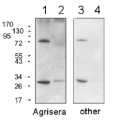1
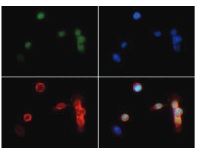
Anti-H3K18me2 | Histone H3 (dimethylated Lys18)
- Product Info
-
Immunogen: KLH-conjugated synthetic peptide Host: Rabbit Clonality: Polyclonal Purity: Immunogen affinity purified serum. Format: Liquid Quantity: 50 µg Storage: Store lyophilized/reconstituted at -20°C; once reconstituted make aliquots to avoid repeated freeze-thaw cycles. Please remember to spin the tubes briefly prior to opening them to avoid any losses that might occur from material adhering to the cap or sides of the tube. Tested applications: Chromatin immunoprecipitation (ChIP), Dot blot (Dot), Immunofluorescence (IF), Western blot (WB) Recommended dilution: 2-5 µg/million cells (ChIP), 1 : 1000 (Dot), 1 : 500 (IF), 1 : 100 (IHC), 1 : 500 (WB) Expected | apparent MW: 15 kDa
- Reactivity
-
Confirmed reactivity: Human Predicted reactivity: Caenorhabditis elegans, Chicken, Drosophila melanogaster, Mouse, Plant, Rat, Xenopus sp. Not reactive in: No confirmed exceptions from predicted reactivity are currently known - Application Examples
-
application example 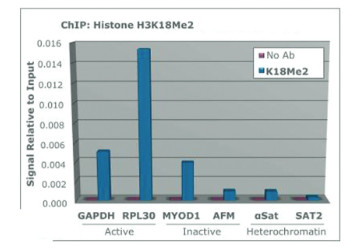
Chromatin Immunoprecipitation using anti-H3K18me2 antibodies. Chromatin from one million formaldehyde cross-linked Hela cells was used with 2 μg of H3K18me2 antibody and 20 μl of magnetic IgG beads per immunoprecipitation. A no antibody (No Ab) control was also used. Immunoprecipitated DNA was quantified using real-time PCR and normalized to the input chromatin.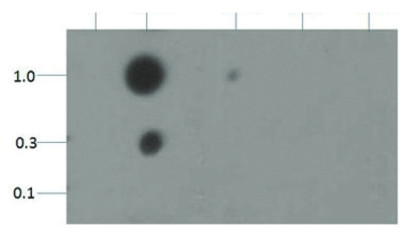
Dot Blot using anti-H3K18me2 antibodies. Lane 1: K18 unmodified. Lane 2: K18Me2. Lane 3: K18Me3. Lane 4: K18ac. Lane 5: K18Me1. Load: 0.1, 0.3, and 1 picomoles of peptide. Primary antibody used at a 1:1 000 dilution for 45 min at 4°C. Secondary antibody: Dylight®488 rabbit secondary antibody at 1:10 000 for 45 min at RT.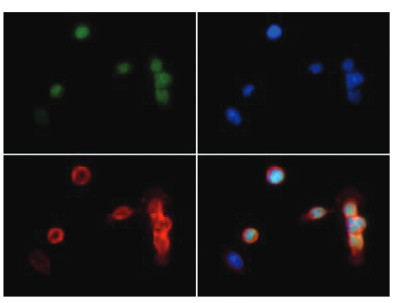
Immunofluorescence using anti-H3K18me2 antibodies. Tissue: HeLa cells. Fixation: 0.5% PFA. Primary antibody used at a 1:500 dilution for 1 h at RT. Secondary antibody: Dylight® 488 secondary antibody at 1:10 000 for 45 min at RT. Localization: Histone H3K18me2 is nuclear and chromosomal. Staining: Histone H3K18me2 is expressed in green, nuclei and alpha-tubulin are counterstained with DAPI (blue) and Dylight® 594 (red).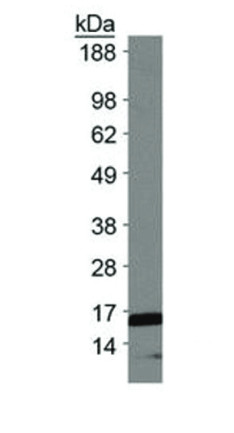
Western Blot using anti-H3K18me2 antibodies. 30 μg of NIH-3T3 histone extract. Primary antibody used at a 1:500 dilution overnight at 4°C. Secondary antibody: IRDye800™ rabbit secondary antibody at 1:10 000 for 45 min at RT. - Additional Information
-
Additional information: This antibody preparation is provided in 20 mM Potassium Phosphate pH 7,2, 150 mM NaCl, 0,01% sodium azide and 30% glycerol - Background
-
Background: The di-methylated K18 on histone H3 is a seemingly transient post-translational modification. H3K18 is better known to be acetylated, and occasionally mono-methylated. Suv39h1, a well-studied histone methyltransferase seems to be responsible for the transition of acetylation and methylation at this H3 modification site. The di-methylated K18 on H3 seems to be associated with embryological development and possibly implantation. - Reviews:
-
This product doesn't have any reviews.
Accessories



